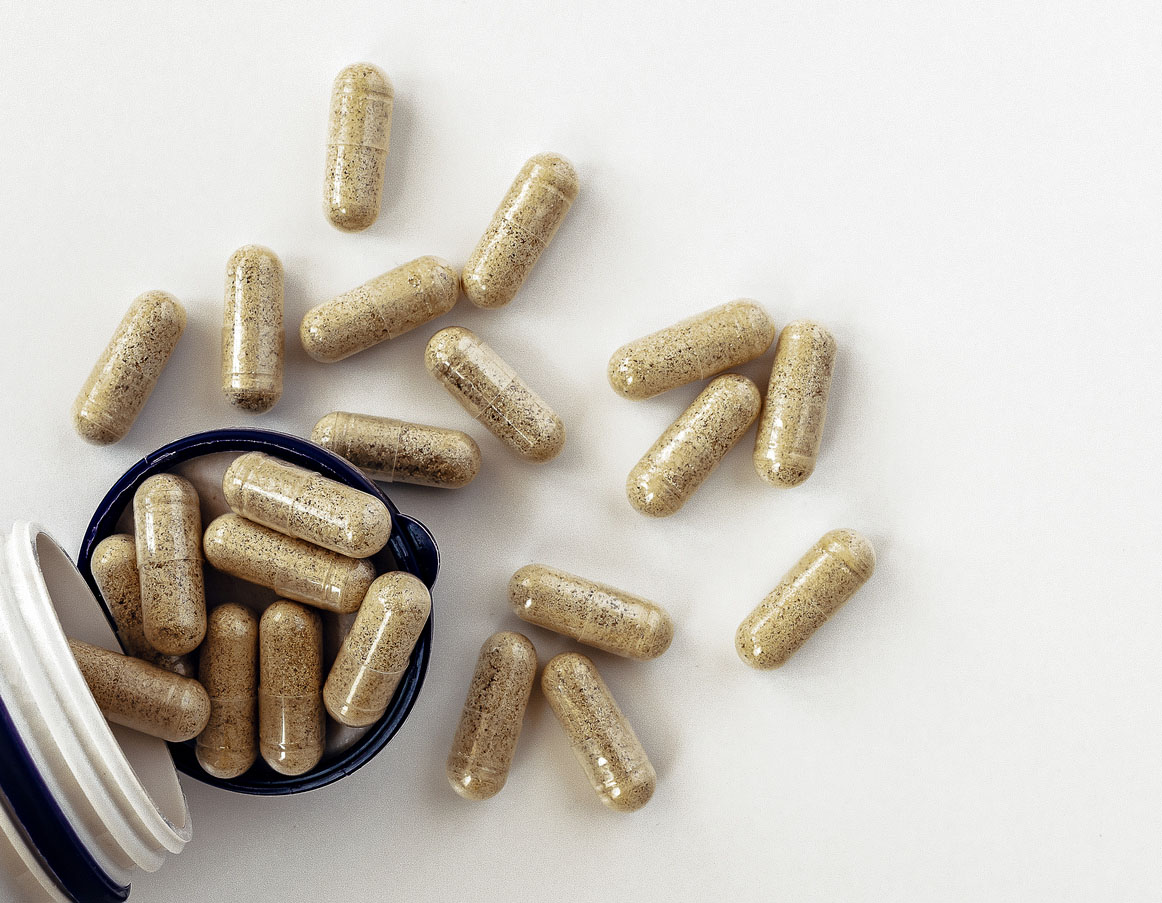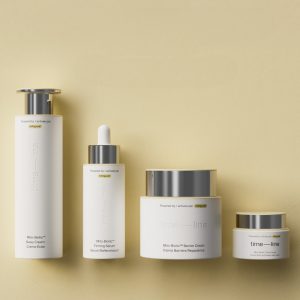A study proclaiming that vitamin D is useless and that you should just stop taking it was published in The Lancet this week and “went viral.” The news story was picked up and amplified by the media. Here it is:
“The take-away message is that there is little justification currently for prescribing vitamin D to prevent heart attack, stroke, cancer, or fractures in otherwise-healthy people living in the community,” says lead study author Dr. Mark Bolland, a researcher at the University of Auckland, New Zealand.
Randomized controlled trials versu other types of studies
A common gimmick used by drug company-sponsored studies is to claim that only RCT (randomized controlled trials) are to be included as “evidence.” The Bolland report selected 40 RCT studies to conclude that vitamin D is useless. Dr Bolland conveniently excluded all the other basic science and observational studies. There are thousands of observational studies that show health benefits for vitamin D. A search for vitamin D in Google Scholar yields 2.2 million published articles. Mark Bolland has excluded 99.9 percent of the available information on vitamin D to arrive at his conclusion that vitamin D has no health benefits.
Michael Holick M.D.
Dr. Michael F Holick, a vitamin D expert and author of the The Vitamin D Solution, says this is just “silly.” He points out that many of the studies in Bolland’s Lancet paper used does of vitamin D that were too low to be effective.
Bolland is a New Zealand professor and expert on vitamin D, calcium and bone density. He has published many previous papers. One of his previous papers reported that women who take calcium tablets have an increase in cardiovascular risk and heart attacks.(55) Apparently the calcium can be deposited in the arterial walls causing atherosclerotic vascular disease and increased calcium score. I have written about this previously.
Vitamin K2 prevents arterial calcification
Vitamin K2 is a useful supplement for women taking vitamin D and calcium tablets to prevent osteoporosis.(71-78) Vitamin K2 acts to prevent soft tissue and arterial calcifications from the calcium tablets and instead directs the calcium into the bones. Low vitamin K status is associated with increased vascular calcification as measured on coronary calcium CAT scores in healthy women and in hemodialysis patients. Patients on Coumadin, which blocks vitamin K, have increased vascular calcification and increased coronary calcium scores. A good quality combination bone supplement typically will include vitamin K2, along with the calcium and vitamin D3. (71-78)
Avoid vitamin D in sarcoidosis
Another of Dr. Bolland’s previous papers(53) dealt with the deleterious effects of vitamin D in patients with sarcoidosis, a form of lung disease in which non-caseating granulomas in the lung tissue manufacture excessive amounts of vitamin D resulting in hypercalcemia (high serum calcium), which, if severe, may cause renal failure.(57-65)
—————————————————-
What are the health benefits of vitamin D?
What if I told you that I discovered a new drug that could reduce the number of cancer deaths in the U.S. by 43,000 annually, reduce colon cancer by 50 percent, and breast and ovarian cancer by 30 percent? Would you be impressed?
What if I then told you this same drug could safely prevent or alleviate the following medical conditions:(5a)
Osteoporosis
Hypertension
Cardiovascular disease
Cancer
Depression
Epilepsy
Type 1 diabetes
Insulin resistance
Autoimmune diseases
Migraine headaches
Polycystic ovary disease syndrome (PCOS)
Musculoskeletal and bone pain
Psoriasis
Rheumatoid arthritis
Inflammatory bowel disease (Crohn’s)
Chronic lymphocytic leukemia (CLL)(15, 15a)
It also can improve calcium absorption and reduce hip fractures.(5a)
All of these health benefits can be obtained with vitamin D3, an inexpensive vitamin, also obtained with sun exposure.
Vitamin D deficiency in Florida? Surely you must be joking:
Everyone in Florida gets plenty of vitamin D from sun exposure. This would be true except that as Floridians, we are all told to avoid the sun to prevent solar skin damage (brown wrinkling) and to avoid skin cancer.
So the question remains, do we get enough vitamin D from sun exposure? To answer this question, we actually measured blood vitamin D levels, and we were surprised to discover that the majority showed vitamin D deficiency (less than 20 ng/ml) or insufficiency (less than 40 ng/ml).
What if you are not fortunate enough to live in sunny Florida and you live up north above the Mason-Dixon Line in Boston, New York, Chicago, Canada or Scandinavia? Northern latitudes have an even more serious vitamin D deficiency because of the lack of UV sunlight during the winter months. The angle of the sun through the atmosphere closes off the ultraviolet light from reaching the earth.
An epidemic of vitamin D deficiency
Vitamin D deficiency has been reported in 57 percent of 290 medical inpatients in Massachusetts, 93 percent of 150 patients with overt musculoskeletal pain in Minnesota, 48 percent of patients with multiple sclerosis, 50 percent of patients with lupus and fibromyalgia, 42 percent of healthy adolescents, 40 percent of African-American women, 62 percent of the morbidly obese, 83 percent of 360 patients with low-back pain in Saudi Arabia, 73 percent of Austrian patients with ankylosing spondylitis, 58 percent of Japanese girls with Graves’ disease, 40 percent of Chinese adolescent girls and 40-70 percent of all Finnish medical patients. (5a)
Vitamin D toxicity
Vitamin D excess and toxicity requires daily dosage in excess of 40,000 units over a period of months, so 5,000 units a day is safe and far below the level needed to develop vitamin D toxicity. Remember, vitamin D is a fat soluble vitamin, so toxicity is possible with massive doses over long periods of time. Vitamin D toxicity causes elevated calcium levels. That’s why vitamin D supplementation should be done only under your physician’s supervision with monitoring of serum 25-hydroxy vitamin D levels.
Space satellite maps of UV sunlight
 Above Image:Cancer mortality rates and multiple sclerosis prevalence rates for the U.S. compared to UVB doses for July 1992 (3)
Above Image:Cancer mortality rates and multiple sclerosis prevalence rates for the U.S. compared to UVB doses for July 1992 (3)
Space satellite maps Maps of UV Sunlight exposure correlate with incidences of cancer and multiple sclerosis (above image). If you take NASA space satellite photos of North America and color code the UV sunlight exposure as Dr. Grant has done (above image)(3), you will see a pattern remarkably similar to the incidence of cancer and multiple sclerosis. This is thought to be due to differences in vitamin D levels. The farther north with less sun exposure and lower vitamin D levels, there is an increased incidence of cancer and multiple sclerosis.
Diseases caused by or associated with vitamin D deficiency:
Osteoporosis
Hypertension
Cardiovascular disease
Cancer
Depression
Epilepsy
Type 1 diabetes
Insulin resistance
Autoimmune diseases
Migraine headache
Polycystic ovary disease syndrome (PCOS)
Musculoskeletal and bone pain
Psoriasis
Chronic lymphocytic leukemia (CLL)(15).
The current recommendation for vitamin D deficiency in those people who must avoid the sun is 5,000 IU of vitamin D per day, which costs 5 cents a day. Vitamin D is not really a vitamin, it is a hormone.  Like all other steroidal hormones, vitamin D is made from a cholesterol precursor, converted in the skin by sunlight. Like all other hormones, vitamin D enters the nucleus of the cell and binds to the DNA where it gives a message to the DNA to manufacture proteins.
Like all other steroidal hormones, vitamin D is made from a cholesterol precursor, converted in the skin by sunlight. Like all other hormones, vitamin D enters the nucleus of the cell and binds to the DNA where it gives a message to the DNA to manufacture proteins.
Image left: Vitamin D Chemical Structure Courtesy Wikipedia
Vitamin D and multiple sclerosis.(4,19,20)
It has been reported that vitamin D supplementation prevented the development and progression of experimental autoimmune encephalitis, an animal model of MS, in mice. A large prospective cohort study found that vitamin D supplementation was associated with a 40 percent reduction in the risk of developing MS. Four small, non-controlled studies suggested that vitamin D supplementation may decrease exacerbation of MS symptoms. MRI studies of multiple sclerosis lesions show improvement during summer months and worsening during winter months suggesting a vitamin D link. (19,20)
Vitamin D and cancer
A 4-year clinical trial involving 1,200 women found those taking the vitamin had about a 60 percent reduction in cancer incidence compared with those who didn’t take it, a drop so large–twice the impact on cancer attributed to smoking–it almost looks like a typographical error. The study was done by professor of medicine Robert Heaney of Creighton University in Nebraska and was published in June 2007. (37)
Vitamin D and total mortality
A 2007 meta-analysis review by Dr. Philippe Autier reviewed 18 studies and showed a reduction in all-cause mortality of about 10 percent in people supplementing with commonly used doses of vitamin D.(39)
Vitamin D supplementation for adults
The RDA in America is only 400 IU per day, yet current research suggests that our daily vitamin D requirement is closer to 4,000 to 5,000 IU. Twenty minutes of sun exposure will give us 10,000 to 20,000 IU of Vitamin D. Adult supplementation with Carlson Cod Liver Oil can provide vitamin D along with vitamin A. However, for an intake of 5,000 IU vitamin D per day, inexpensive vitamin D3 capsules are widely available for about 5 cents a day. We provide these as a convenience to our office patients. Vitamin D testing at the lab optimal serum 25-hydroxyvitamin D values are 45-75 ng/ml. Below 40 ng/ml is called Vitamin D insufficiency, and below 20 ng/ml is deficiency.
Conclusion
Our health care system is in crisis. We are spending billions on expensive procedures such as coronary artery bypass and organ transplantation, yet measurements of health are lower than other countries that spend less. In terms of getting more bang for your health care buck, vitamin D testing and supplementation for the population is one solution that is guaranteed to improve the overall health of the population at a ridiculously low cost. The cost saving in reduced cancer rates and lower osteoporotic fracture rates would be enormous, and we would all enjoy improved health. My goal as a physician in our community is to improve the health of our community, and Vitamin D testing and supplementation is one way to achieve that goal with no adverse side effects and enormous cost savings.
FOR MORE FROM THIS AUTHOR, CLICK HERE







